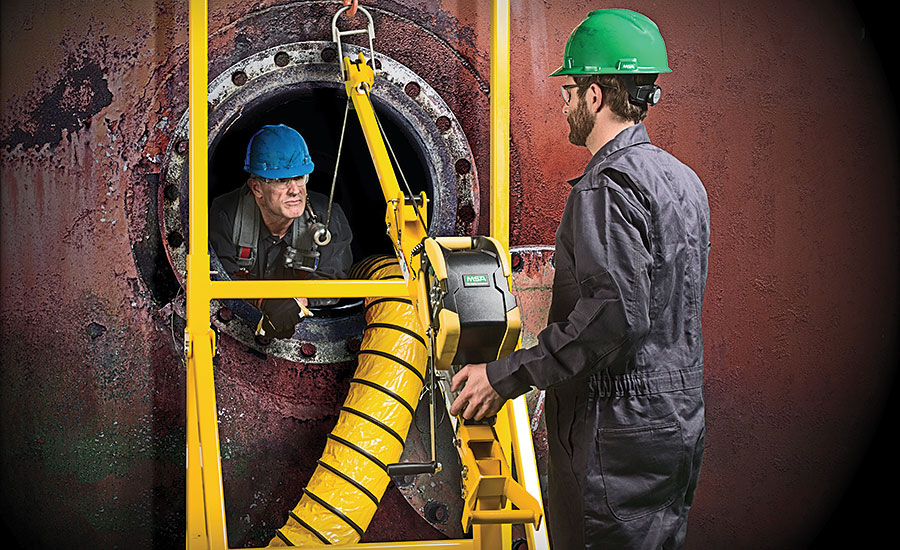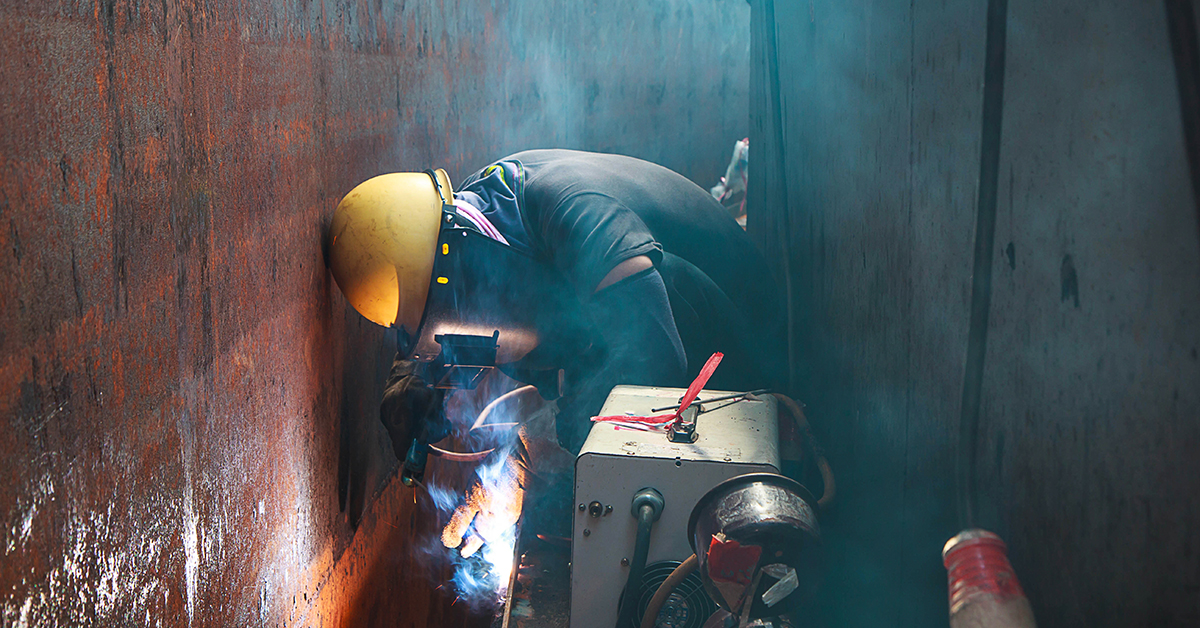Many factors need to be evaluated when looking for hazards in a confined space. There is a smaller margin for error. An error in identifying or evaluating potential hazards can have more serious consequences. In some cases, the conditions in a confined space are always extremely hazardous. In other cases, conditions are life-threatening under an unusual combination of circumstances. Due to this variability and unpredictability, hazard assessment is extremely important and must be taken very seriously each and every time.
Some examples include:
- The entrance/exit of the confined space might not allow the worker to get out in time should there be a flood or collapse of free-flowing solid.
- Rescue of the victim is more difficult. The interior configuration of the confined space often does not allow easy movement of people or equipment within it.
- Self-rescue by the worker is more difficult.
- Natural ventilation alone will often not be sufficient to maintain breathing quality air. The interior configuration of the confined space does not allow easy movement of air within it.
- Conditions can change very quickly.
- The space outside the confined space can impact the conditions inside the confined space and vice versa.
- Work activities may introduce hazards not present initially.
One should not ignore the following:
Oxygen-deficient atmosphere
An oxygen-deficient atmosphere has less than 19.5% available oxygen (02). Any atmosphere with less than 19.5% oxygen should not be entertained without an approved self-contained breathing apparatus (SCBA).
The oxygen level in a confined space can be decreased because of work being done, such as welding, cutting, or brazing; or, it can be decreased by certain chemical reactions (rusting) or through bacterial action (fermentation).
The oxygen level is also decreased if oxygen is displaced by another gas, such as carbon dioxide or nitrogen. The total displacement of oxygen by another gas, such as carbon dioxide, will result in unconsciousness, followed by death.
Flammable atmosphere
Toxic atmospheres
Most substances (liquids, vapors, gases, mists, solid materials, and dust) should be considered hazardous in a confined space. Toxic substances can come from the following:
Areas adjacent to the confined space:
Toxicants produced by work in the area of confined spaces can enter and accumulate in confined spaces.




Post a Comment